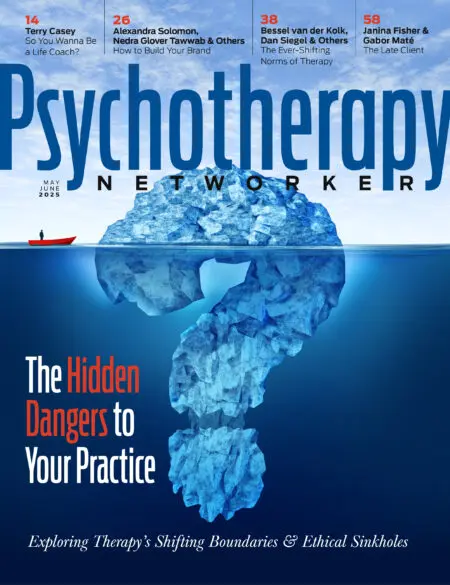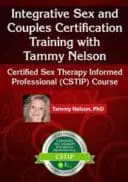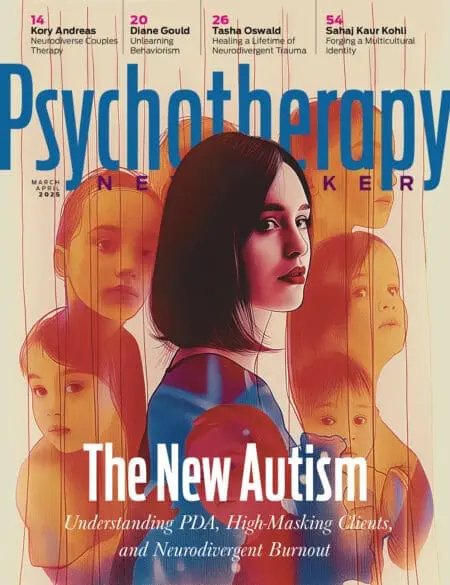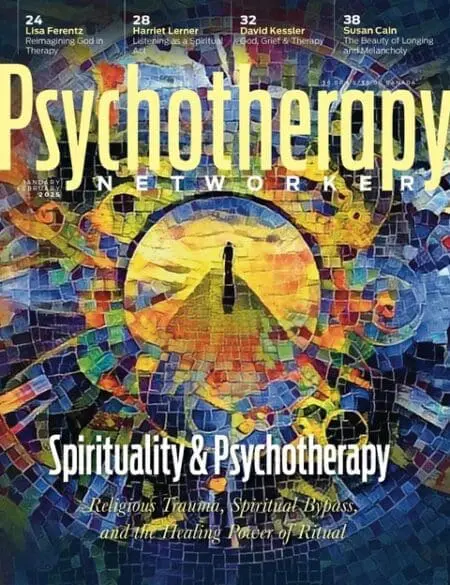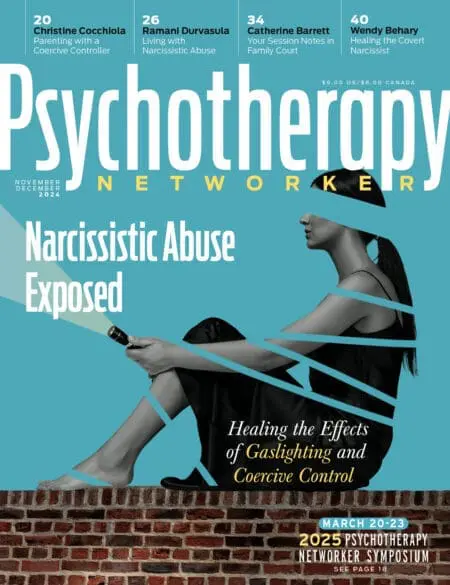“I had an aha moment,” Maria told me when I asked what had brought her to my practice. “A few weeks ago, I was scrolling through social media while my kindergarten class was at lunch, and I stumbled across an artist who makes clever comics about their life as an Autistic person. They made me chuckle, then suddenly I realized—that’s me!”
“Ahh, yes.” I said, nodding knowingly. I often hear versions of this story from clients in my practice, and I was glad to welcome Maria as one of them. A teacher at a bilingual public school, she sat across from me in a soft cardigan and sneakers, her hair tied back in a loose bun. As she selected a spiky ball from the bowl of fidgets on my side table and began rolling it between her hands, I noticed she wore a yellow bracelet that read, “Kindness Matters.”
“I couldn’t get it out of my head,” Maria continued. “A few days later, I asked my therapist if she thought I could be Autistic. She just looked puzzled and said she’d never considered it before. Eventually, she sent me some blogs about Autistic women, but on my own, I went down a rabbit hole of research. All my sensory sensitivities, overreactions to small changes in my routine, encyclopedic knowledge of plants, and feeling like I’m performing in social situations—all these random things I thought were quirks—may actually be signs of neurodivergence. That’s why I came to you.”
“I’m so glad you’re here,” I said, touching my hand to my heart. “I can see you’ve given this a lot of thought. It sounds like you really connect with an Autistic identity, like things are starting to make sense for you.”
“Yes, finally! I’ve been in therapy on and off for 20 years. I’ve been diagnosed with depression and anxiety. I’ve had some wonderful therapists, but therapy never quite worked.” With a heavy sigh, she crossed her arms across her stomach, and her gaze dropped to the floor. “I thought something was fundamentally wrong with me.”
I dropped my own gaze to the floor and slowed my breathing as I replied, “That’s a heavy burden to carry all these years.”
“Yeah,” Maria whispered, starting to rock slowly in her chair. I joined her in rocking gently back and forth. Attunement can involve emotional resonance, but also physical resonance. “It makes me sad to think how my life might’ve been different, better, if I’d had that knowledge earlier.” Her rocking increased. “Maybe I wouldn’t have struggled so much or felt so broken.” She stared off into space, then her face reddened. “Sometimes,” she murmured, “just thinking about it makes me so angry I feel sick.”
As a specialist in autism and ADHD, I’m well-versed in the emotional journey Maria was experiencing. My late-identified neurodivergent clients often feel a huge sense of relief after first realizing they aren’t broken neurotypicals. But then the grieving process usually sets in. They may wrestle with an overwhelming sense of loss over how earlier identification might have improved their lives. They may feel angry at parents or professionals for missing this crucial part of their identity, and for failing to provide the support and accommodations they needed.
For many Autistic people, the trauma they carry is a direct result of that missing support. After all, ignoring the importance of someone’s neurotype is akin to ignoring the importance of their gender or culture—it’s a critical part of their identity and lived experience. Neurodivergence shapes how a person thinks, perceives, and communicates. It also impacts how others judge and treat them, which influences how they navigate and adapt to the world.
Luckily, increasing numbers of neurodivergent people are finding their way to caring and curious clinicians invested in providing relational neuro-affirming support. And my hope is that even more therapists in the field will come to understand the trauma Autistic people carry and how to provide corrective experiences.
A first step toward providing corrective experiences is by creating an inclusive environment for your clients. At the start of the session with Maria, I had told her, “I know in life there can be expectations for us to sit still or try to make eye contact. I don’t have those expectations here. Sometimes it’s easier to think or process when we’re looking away from someone or moving around. That’s why these seats swivel and rock. You might even want to sit on the floor, stand, or pace around. It’s all fine.”
Because neurodivergent people aren’t used to having their experience of the world factored into situations, offering simple accommodations can go a long way to help them feel safe and comfortable enough to explore the deeper work of trauma healing, identity development, self-acceptance, and relational repair.
Internalized Ableism and Trauma
Neurodivergent or disabled individuals often absorb negative messages from society about their abilities and worth. These messages suggest they’re unacceptable, wrong, or broken, and overtime turn into self-criticism, self-blame, or self-hate. Unfortunately, the self-attacks only exacerbate the trauma they may already be experiencing due to stigma and discrimination.
I could hear this kind of internalized ableism surfacing for Maria as she began to reflect on her childhood. “Early on, I learned to suppress my quirks so others wouldn’t bully or reject me. If I flapped my hands repeatedly, like I sometimes did in crowds or in the grocery store, my mom would grab hold of them to get me to stop. And I’d just want the floor to open up and swallow me whole. I’d feel so ashamed and spend the rest of the day beating myself up, hating myself.”
Maria’s face flushed as she continued, “All my life people have told me that what I do or say is wrong. With family, friends, and even coworkers, I’m always treated like I’m at fault for any misunderstanding. I’m expected to understand everyone else’s perspective, but no one acknowledges mine. I work so hard to make sure other people are comfortable, even though I’m always uncomfortable. When you’re constantly having to abandon yourself to be accepted, it’s lonely. You lose touch with who you are.”
“These are deeply painful experiences,” I told her. “These are traumas.”
Maria paused in surprise. “I never thought of it as trauma before,” she said. “Every misunderstanding, every criticism, every suggestion that I need to be fixed—it’s like a wound that never heals.” She closed her eyes tightly.
“The pain is real,” I affirmed softly. Over the course of therapy, I repeat this kind of validation as many times as a client needs. After all, acknowledging the reality of neurodivergent trauma for clients like her can be a crucial first step in uncovering the root of other issues, including low self-esteem, anxiety, imposter syndrome, depression, neurodivergent burnout, and masking.
Masking and Trauma
For a while, Maria and I both looked at the rug between us, where the afternoon sun coming through the curtains was making circular patterns. After some time, I selected the same kind of fidget as she had in her hand, rolling it in my palms while rocking in my chair, matching the pace of her rocking. Embracing stimming, and other forms of rhythmic and self-regulatory movement, during sessions can support both sensory needs and emotional processing, increasing an Autistic client’s window of tolerance. That’s why at the start of this session with Maria, I pointed out the bowl of sensory fidgets—stress balls, spinners, and lavender scented therapy putty.
Seeing Maria’s comfort grow, I gently expanded the depth of our discussion. “You know, Maria,” I said, my head tilted slightly to the side, “some Autistic people become quite good at masking to conform to social expectations. They might do things like mimic others’ body language to blend in, script what they’re going to say, practice their facial expressions, or monitor their body language to appear interested in the person they’re interacting with. I’m wondering if you can relate.”
“I do all those things,” Maria exclaimed. “I’ll spend hours rehearsing what I’m going to say to someone. And I definitely monitor my body language—not as much with the kiddos in my class, but always with other teachers. I try to fly under the radar at all costs.”
“Sounds like you feel a lot of pressure to get it right,” I reflected. “And that makes a lot of sense that you would. Masking is a protective strategy, a response to trauma, to prevent you from experiencing further harm.”
“It’s a survival strategy,” she echoed, her words laced with pain. We sat in silence for a moment, then she added, “Deep inside, I’ve always felt like an alien trying to survive on a foreign planet. Every time someone misunderstands my intentions or misreads my facial expressions, I feel even more alienated.” She paused. “It’s nice to feel like someone finally gets my experience.”
In a world that shames and blames neurodivergent people for being different, masking may get them through difficult situations, but it takes a toll on their mental health. Acting “normal” can be exhausting, damaging to an Autistic person’s identity and self-worth, and even traumatic. It can also lead to Autistic burnout. As therapists, it’s important for us to understand that if our clients don’t feel safe enough to unmask with us over time, they can’t do the deeper trauma work needed to heal. And in many ways, unmasking in session is a sign of relational healing.
Neurodivergent Burnout
“I have a history of depression,” Maria admitted in our second session. “When I get overwhelmed by social stuff, I stay in bed on the weekends. I just want to be in a quiet, dark space. I feel chronically tired, like I can’t function.”
“You know, Maria, that sounds a lot like autistic burnout, which is often mistaken for depression, especially in women,” I told her. “What kinds of things did other therapists recommend you do to manage this supposed depression?”
“Usually, they’d encourage me to get out and engage in positive activities, like hiking and socializing,” she answered, picking up some lavender-scented putty and stretching it. “I got the message loud and clear: lying around in bed all weekend is only going to make me more depressed. But that never seemed to be the case. It was like I needed the rest.”
“Well, when Autistic people experience burnout, their bodies may require a great deal of rest for weeks or even months, often in low-sensory environments. This helps them reset their overstressed nervous system. Rest nurtures the body and rebuilds emotional resilience. Most people don’t understand how neurodivergent bodies have different needs. Trying to conform to neurotypical standards and mask true needs is a leading cause of neurodivergent burnout,” I said. “In our work together, we can explore your needs and find neuro-friendly ways to support you.”
“All my life,” Maria replied, “I’ve heard that I’m ‘too sensitive’ or ‘overreactive.’ People don’t get how much I’m affected by lights and noises and crowds and changes in my routine. One time, when my mom was driving me to school as a kid, we hit some road construction and had to take a different route. I remember feeling utterly panicked and starting to wail and thrash. My mom kept yelling at me to calm down, but I couldn’t control my body. To her, the construction was a minor inconvenience. To me, the world had been flung into chaos. By the time we got to school, I was so overwhelmed I couldn’t even make it in the door.”
I sensed a deep wound behind this story. “Oh, Maria,” I uttered. “I’m so sorry your mother missed how intense your suffering was in that moment. Your experience is valid.”
Hearing this, her body shuddered as she began to sob. After a few moments, I began to gently rock in my chair. “I’m right here with you,” I said softly. Automatically, she started rocking, too, the pace fluctuating in intensity as she released years of pent-up pain from interpersonal betrayals and feeling “less than.” I held space for all this, every so often offering a gentle ah-hmm to affirm I wasn’t going anywhere.
Self-Disclosure and Neuro-Affirming Care
As you may have guessed, I’m neurodivergent myself—and I value my neurodivergence because it’s the source of some of my greatest strengths, such as my hyperfocus, creating problem-solving, associative thinking, sensitivity, intense passion for my work, and ability to dive deep into research. Many of these qualities contribute to my success as a therapist and clinical consultant.
And I’m intimately familiar with the challenges many of my clients bring to therapy. All my life, decades before I received an ADHD diagnosis, I’ve struggled with sensory overload, impulsivity, being chronically late, and having difficulty shifting my attention. I was both messy and a perfectionist at the same time! Over the years, I’ve developed some effective compensatory strategies, but in my 40s, many of them stopped working.
This is a common story for neurodivergent women facing hormonal changes due to perimenopause and significant mid-life stressors like caring for aging parents, children, and personal health problems. In my 40s, I saw a significant decline in my abilities to manage daily life, including important tasks and deadlines. The list of things I couldn’t keep up with grew overwhelming, piling on top of me until I felt buried. Even the smallest tasks felt insurmountable. I found myself unable to hold on to my train of thought for more than a few seconds, and little frustrations escalated into meltdowns. My professional and personal life began to suffer.
At that point, I knew I needed to get a formal assessment and consider ADHD medication. Now, although I have a late-life ADHD diagnosis, I also know that many people are like me and don’t feel their neurodivergent identity fits neatly into a single box (e.g., Autistic, ADHD, Dyslexic, HSP)—and when I believe it will benefit a client, I share my neurodivergent identity and experiences.
After all, therapist self-disclosure fosters equity and collaboration, which are at the core of neuro-affirming care. As part of this client-centered approach, it’s essential to respect each Autistic individual’s perspective, lived experience, and autonomy to choose supports.
***
When I think about how many high-masking Autistic clients are misdiagnosed and suffer in silence, it comforts me to imagine a future where clients like Maria can confidently seek support knowing they’ll be seen and understood. To get there, therapists across our field need to look beyond a neurotypical framework of care, adapt their intake process to better explore neurodivergent traits, and learn that providing the right care for neurodivergent people doesn’t necessarily involve providing them with a referral. Together, we can inspire a ripple effect and foster a neuro-inclusive world where everyone can thrive.
Tasha Oswald
Tasha Oswald, PhD, (she/her) is a licensed psychologist, clinical consultant, advocate, and polyvagal-informed therapist trained in Internal Family Systems. She spent five years at the UC Davis MIND Institute researching Autism and ADHD and was awarded an NIH-Funded Autism Research Training Program (ARTP) post-doctoral fellowship. In addition, she founded the Neurodiversity Wellness Center in California and established the Neurodiversity Training Center. Contact: neurodiversitytraining.com.
